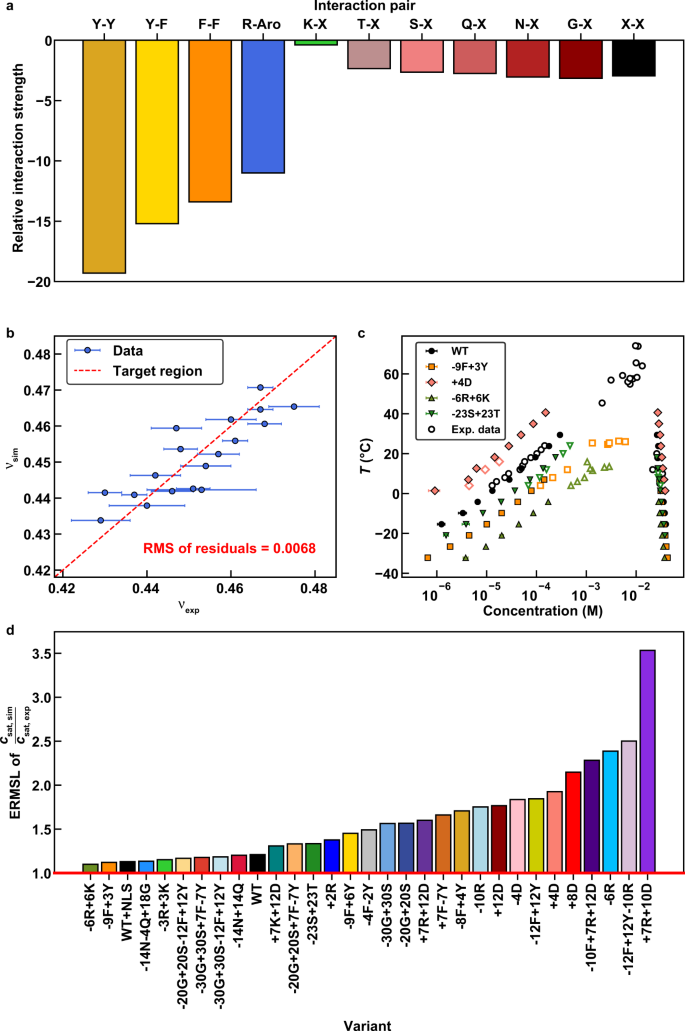分子生物学者は、神話上の「平均的な」細胞の生き方だけでなく、個々の生きた細胞の中で実際に何が起こっているかを知りたいと考えている。 Molecular biologists want to know what’s really happening inside individual living cells, not just how the mythical ‘average’ cell lives
2023-01-06 ワシントン大学セントルイス
平均的な細胞を基にしたモデルは有用ですが、個々の細胞が実際にどのように働くかを正確に表現しているとは限りません。新しい可能性は、単一細胞のライブイメージング技術の出現によって開かれた。今や、個々の細胞の生活を覗き見ることができるようになったのです。PLOS Genetics誌に掲載された新しい論文では、ワシントン大学セントルイス校とパデュー大学の生物学者と物理学者のチームが、実際のシングルセルデータを用いて、細菌系における細胞の成長、DNA複製および分裂の関係を理解するための最新のフレームワークを作成した。
レヴィンとアイヤー・ビスワスは、パンデミック初期に到来した「ズーム時代」を利用して、レヴィンが言うように「細菌の細胞周期に関する美しい古典的モデル」のいくつかを再検討するために、バーチャルな共同研究を発展させたのである。そして、その結果、興味深い部分が欠けていることに気づいたのである。
何が問題だったのか?このモデルは、集団の中の「平均的な」細胞の振る舞いをあてにしていた。しかし、平均値を用いて実際の細胞の行動を推測すると、誤解を招く恐れがある。
彼らは、「気まぐれな」個々の細菌細胞、より典型的な物理学者なら「確率的細胞」と言うかもしれないが、DNA複製と成長・分裂を絶妙に調整し、各プロセスの「ノイズ性」にもかかわらず全体のイベントが正しい順序で起こるようにする方法を解明したかったのだ。
この疑問に答えるため、著者らは、カリフォルニア大学サンディエゴ校のJun研究室が収集したモデル生物「大腸菌」の単細胞増殖データを注意深く観察した。そして、個々の細胞の複雑で確率的な挙動をとらえ、個々の細胞のデータと正確に一致する最小限の数学モデルを構築した。
この単純な発想から出発したジョシは、3つのタイマーがそれぞれ独立に作動し、リセットされるタイミングから、DNA複製の開始、DNA複製の終了、分裂の順序を予測できることを発見したのである。この予測は、さまざまな成長条件下における個々の細胞のDNA複製と細胞分裂に関する現存するデータと見事に一致した。
DNA複製と細胞分裂の間に決定論的ではなく確率論的な関係があることを説明したことで、著者らは、細胞生物学の基本的なプロセスに対する科学者の理解を大きく変えたのである。
「私たちの最終的な目標は、理論と実験をシームレスに統合した、生物学における高精度なアプローチに関するコミュニティを構築することです」と、Iyer-Biswas教授は述べています。「より直接的な目標は、システム特有の詳細を超越し、他の細菌種にも適用可能な統一的なフレームワークを提供することです」。
<関連情報>
- https://source.wustl.edu/2023/01/beyond-the-average-cell/
- https://journals.plos.org/plosgenetics/article?id=10.1371/journal.pgen.1010505
平均値を超えて 細菌系における細胞増殖、DNA複製、分裂の関係を理解するための最新のフレームワーク Beyond the average: An updated framework for understanding the relationship between cell growth, DNA replication, and division in a bacterial system
Sara Sanders,Kunaal Joshi,Petra Anne Levin ,Srividya Iyer-Biswas
PLOS Genetics Published: January 5, 2023
DOI:https://doi.org/10.1371/journal.pgen.1010505
Abstract
Our understanding of the bacterial cell cycle is framed largely by population-based experiments that focus on the behavior of idealized average cells. Most famously, the contributions of Cooper and Helmstetter help to contextualize the phenomenon of overlapping replication cycles observed in rapidly growing bacteria. Despite the undeniable value of these approaches, their necessary reliance on the behavior of idealized average cells masks the stochasticity inherent in single-cell growth and physiology and limits their mechanistic value. To bridge this gap, we propose an updated and agnostic framework, informed by extant single-cell data, that quantitatively accounts for stochastic variations in single-cell dynamics and the impact of medium composition on cell growth and cell cycle progression. In this framework, stochastic timers sensitive to medium composition impact the relationship between cell cycle events, accounting for observed differences in the relationship between cell cycle events in slow- and fast-growing cells. We conclude with a roadmap for potential application of this framework to longstanding open questions in the bacterial cell cycle field.

